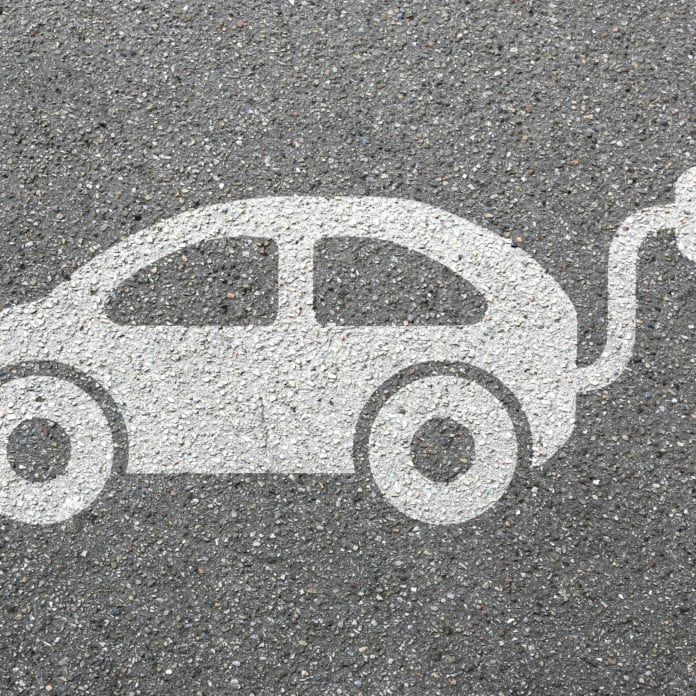Solar-powered, self-driving robots that charge electric vehicles: what’s not to like?
Sprint and Adaptive Motion Group (AMG) are debuting a self-driving robot that will charge electric vehicles in New York City. The robot, named Mobi, can charge cars buses, cars and industrial vehicles, and is itself charged by solar power.
Mobi bots will move to where the demand is, says Sprint in a press release.The robots will move into place using artificial intelligence on advanced Sprint internet of things (IoT) technology, the carrier said. While the robots will ultimately use Sprint’s 5G mobile network, coming to New York City starting in the first half of 2019, the Mobi bots will first be tested using Sprint’s LTE network before the 5G network becomes available.
“We are thrilled to demonstrate just how an intelligent robot like Mobi will dramatically reduce CO2 emissions across New York City by making electric vehicle use more practical,” said Ivo Rook, senior vice president, IoT at Sprint in a press statement. “AMG’s impressive self-driving and positioning will come alive through Sprint IoT technology and the next-generation Sprint 5G mobile network we are building — allowing it to travel to parked vehicles across the city. The current reality of vehicles taking turns at electric charging stations is just not efficient and slows the real-world adoption of EVs. We believe that this is the ultimate solution for a cleaner, healthier New York City.”
Sprint has a history of interest in robotics, mainly thanks to its corporate parent, SoftBank. In 2015, the carrier was considering having a robot greet customers at stores: SoftBank’s consumer humanoid robot “Pepper,” which the company describes as “able to converse with you, recognize and react to your emotions, move and live autonomously.”
For the self-driving NYC robots, LG Electronics devised the energy storage system that uses solar energy cells (PV) and a lithium-ion battery to charge the Mobi. The Mobi will be responding to signals from small 5G signal units mounted on street fixtures for positioning. The term of art is micro-positioning.
“5G enabled micro-positioning will enable new applications from connected vehicles to augmented reality,” said David Bruemmer, CEO of AMG in a press statement. “We are starting with parking lots, but smart parking will become smart roads and, eventually, smart cities.”

